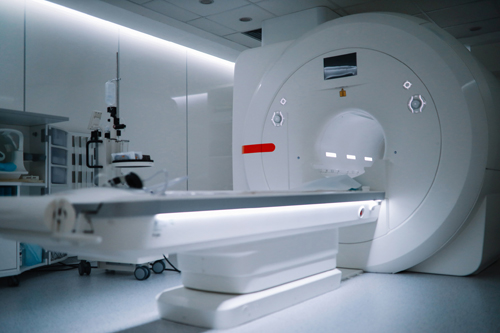
PCBs designed for RF (Radio Frequency) and microwave applications are designed to handle extremely high-frequency signals, ranging from megahertz (MHz) to gigahertz (GHz). These circuits require precision engineering to minimise signal loss, interference, and distortion at these advanced frequencies.

Producing such PCBs involves specialised materials, as standard FR4 is unsuitable for frequencies above 1 GHz due to its higher losses and inconsistent dielectric properties. At Daleba, we excel in manufacturing high-performance RF and microwave PCBs either in the UK or by our Far East partners. Our extensive experience enables us to support clients across aerospace, defence, and telecommunications industries with accurate and dependable solutions. Every board of this type we create adheres to the strict demands of high-frequency environments, ensuring outstanding signal performance and long-lasting reliability, even in challenging conditions.




Manufacturing RF and microwave PCBs requires specialised low-loss dielectric materials, including Rogers substrates, PTFE (Teflon), and ceramics. These materials are selected for their ability to maintain signal integrity at high frequencies.
Key material factors include:
We have available materials from trusted manufacturers, including Rogers, Arlon, Nelco, Taconic, Ventec, and Isola, ensuring we can meet the specific requirements of each project.

| Feature | Specification |
|---|---|
| Layer Count | 2 - 50 |
| Key Technologies | Controlled impedance, low loss materials, miniaturisation |
| Materials used | Rogers, Arlon, Neclo, Taconic, Ventec and Isola, PPO, Teflon, Ceramic filled |
| Dielectric thickness | 0.1mm – 3.0mm |
| Profile method | Routing, v-score |
| Minimum track and gaps | 0.075mm / 0.075mm (+/- 10% as per IPC) |
| Maxmimum dimensions | 700mm x 600mm |
| Material thickness | 0.4mm - 5.4mm |
| Surface finishes available | HASL (Lead-free), OSP, ENIG, ENIPIG, Immersion tin, Immersion silver |
| Minimum laser drill | 0.10mm standard, advanced NPTH ±0.05MM PTH:±0.075MM |
Sign up to receive a monthly PCB newsletter containing the latest information in the world of PCBS including new technology and supply chain information.
Sign up Now